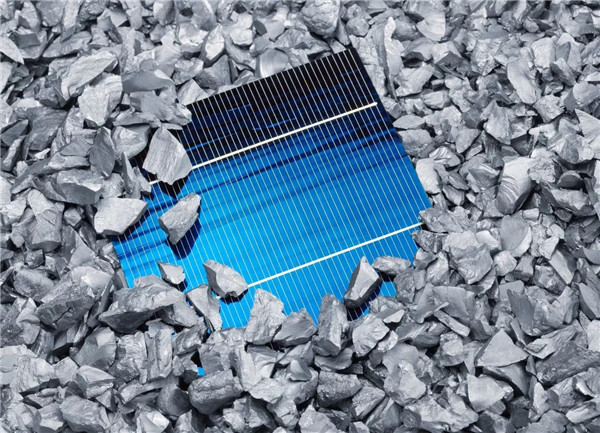The price of silicon materials remained stable in domestic market this week, with average transaction price of all types of silicons remained unchanged month on month.

This week, the average recharging material price of monocrystalline is between RMB 267,000-275,000 yuan/ton, with the transaction price of 272,200 yuan/ton, and RMB 265,000-273,000 yuan/ton for polysilicon prime for mono, with the transaction price of 269,900 yuan/ton.
The fundamental reason for the stable operation of silicon material price this week is still the market game under the tight balance between market supply and demand. On the one hand, the market exaggerates the strong sentiment that silicon material price has reached a high level, resulting in some silicon wafer enterprises delaying the pickup time, slowing down the implementation progress of signed orders, reducing procurement demand while increasing fake inventory of silicon material and strengthening the downstream price reduction; On the other hand, the orders of silicon enterprises have been oversubscribed, and they are not in a hurry to increase demand by reducing prices. Therefore, the market still maintains a tight balance between supply and demand.
As of this week, 12 domestic polysilicon enterprises are in production, and one of them has not yet resumed full production. In terms of supply, according to the production expansion and production progress of silicon material enterprises, although two enterprises entered the production stage in November, the polycrystalline silicon output did not increase month on month, and the silicon material supply increment in December will be relatively limited, which is expected to be about 2,500 tons. At the same time, individual enterprises may still reduce production due to power restriction, so the annual polycrystalline silicon output is still expected to remain at 480,000-485,000 tons.
In terms of demand, the price of silicon wafer enterprises may decline because the structural supply of some products is greater than the demand, which has stimulated the stable operating rate of silicon wafer enterprises to ensure comprehensive benefits through scale effect and quality stability. In addition, the U.S. Court of International Trade has reinstated an exclusion for bifacial solar modules from the Section 201 tariffs and reduce the tariff rate from 18% to 15%, which will also benefit silicon wafer end. Therefore, in the short term, the supply-demand relationship of silicon material will remain basically balanced to support the stable operation of silicon material price until the operating rate of silicon wafer begins to decrease due to the profit contraction to the limit, and then the supply and demand of silicon material will be reversed.


